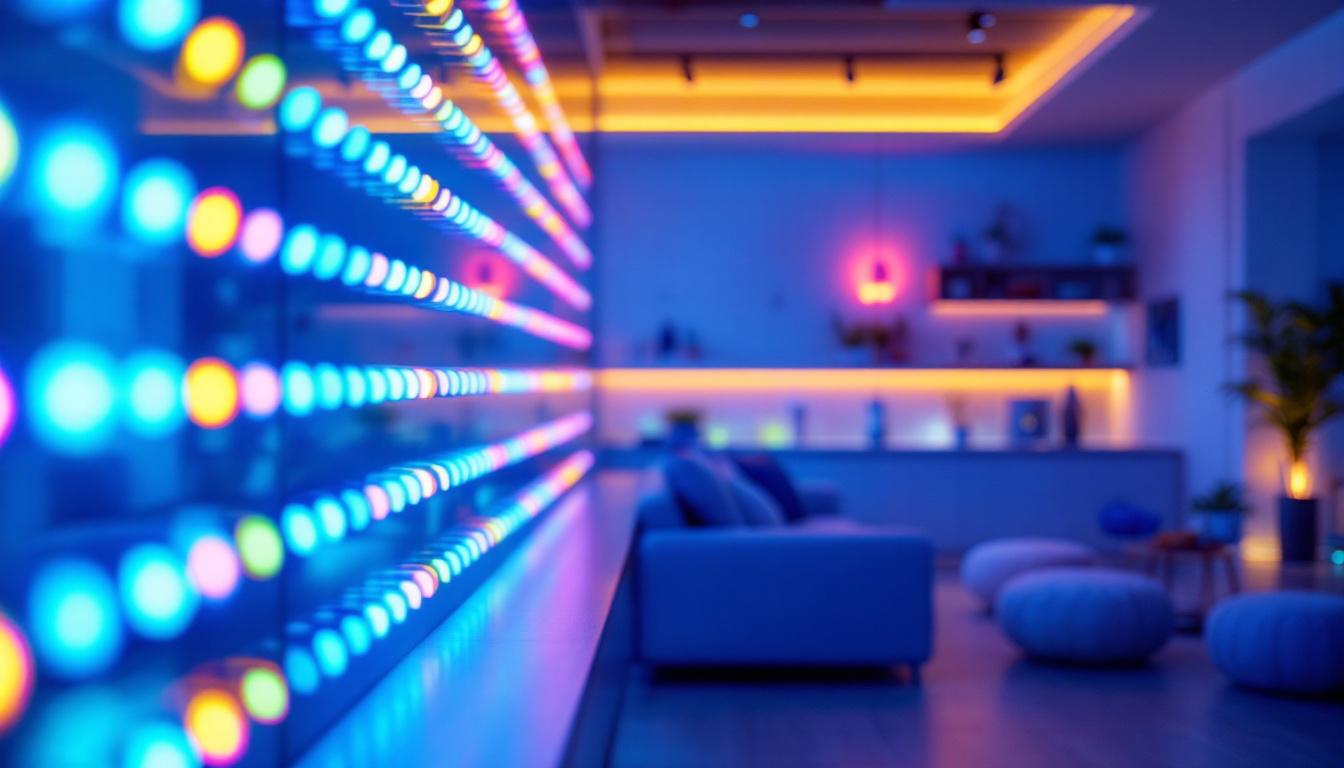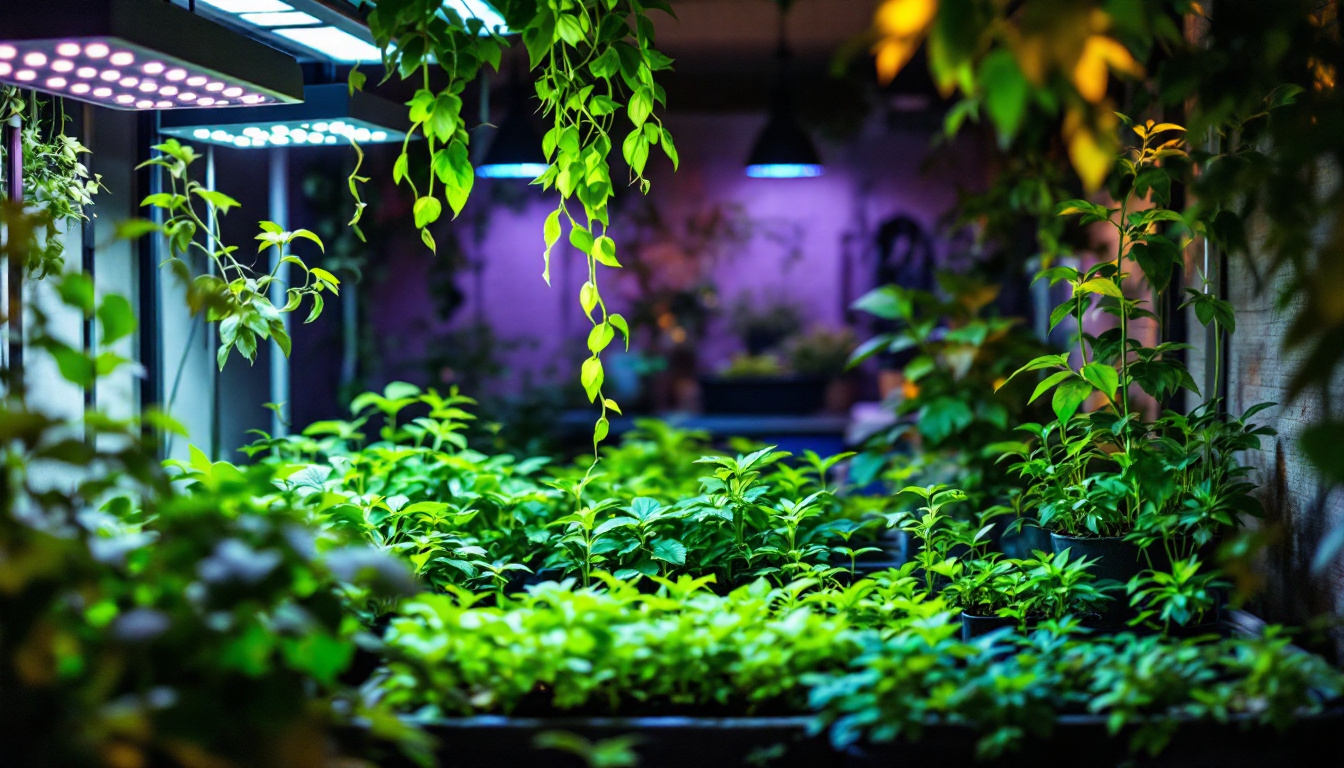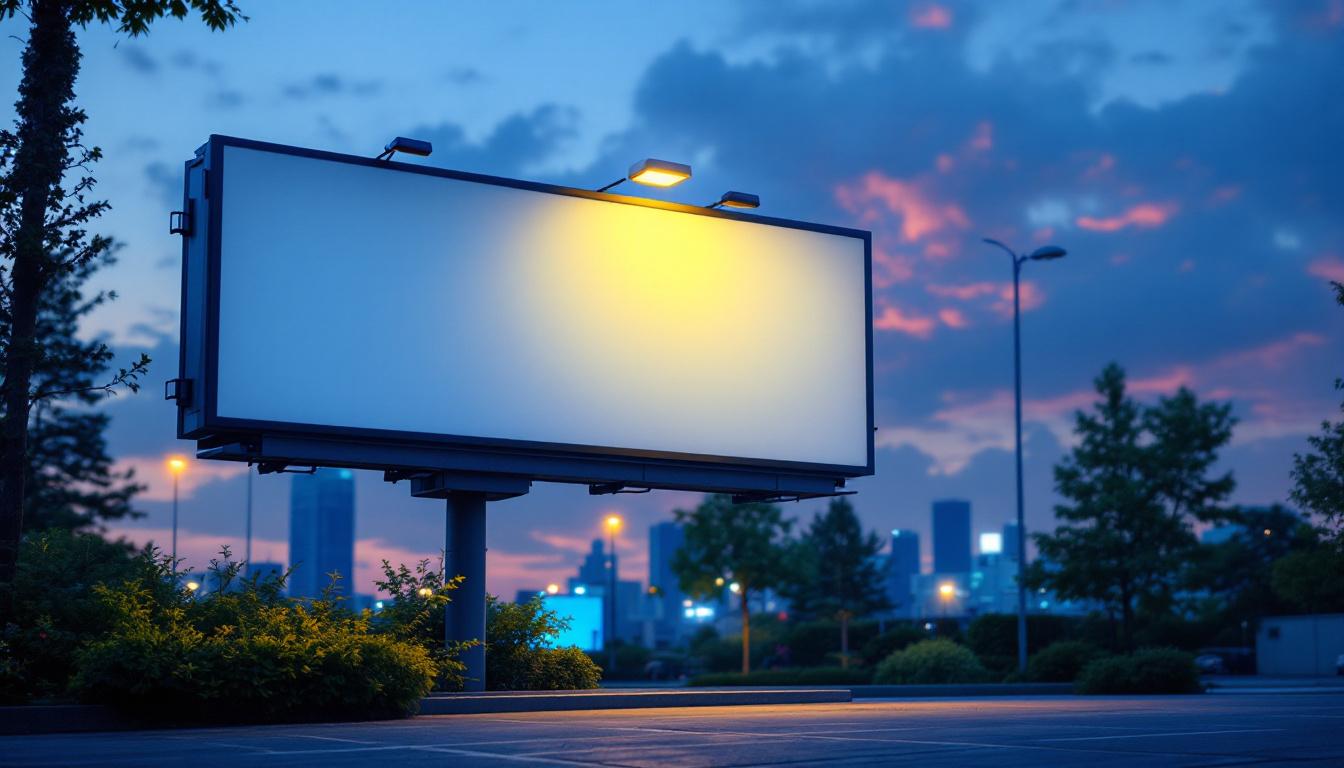
In recent years, the lighting industry has witnessed a significant shift towards energy-efficient solutions, with RGB LED technology emerging as a frontrunner. This innovative lighting solution not only enhances aesthetic appeal but also plays a crucial role in reducing energy consumption. For lighting contractors, understanding the implications of RGB LED technology on energy efficiency is essential for making informed decisions that benefit both their clients and the environment.
RGB LEDs, which stand for Red, Green, and Blue Light Emitting Diodes, are a type of lighting that combines these three primary colors to create a wide spectrum of colors. This versatility allows for dynamic lighting effects that can be tailored to various applications, from residential spaces to commercial venues. The ability to customize colors makes RGB LEDs particularly popular in settings that require mood lighting, such as bars, theaters, and even homes where ambiance plays a crucial role in the overall experience.
At its core, RGB LED technology operates by adjusting the intensity of each color component. By varying the brightness of the red, green, and blue diodes, a vast array of colors can be produced. This modulation not only allows for creative lighting designs but also contributes to energy efficiency. Unlike traditional lighting solutions, which often require multiple fixtures to achieve different colors, RGB LEDs consolidate this functionality into a single unit, reducing overall energy use. Furthermore, many RGB LED systems come equipped with smart technology, allowing users to control their lighting via smartphone apps or voice commands, adding another layer of convenience and customization.
Traditional incandescent and fluorescent lights consume significantly more energy than their LED counterparts. RGB LEDs are designed to be more efficient, converting a higher percentage of electrical energy into visible light. This efficiency translates to lower electricity bills and a reduced carbon footprint, making RGB LEDs an attractive option for environmentally conscious consumers. Additionally, RGB LEDs have a longer lifespan compared to traditional bulbs, often lasting tens of thousands of hours. This longevity not only reduces the frequency of replacements but also minimizes waste, further enhancing their appeal in a world increasingly focused on sustainability.
The applications of RGB LED technology extend far beyond mere aesthetic enhancements. In the realm of entertainment, RGB LEDs are pivotal in stage lighting, where they can create dramatic effects that enhance performances. In architectural design, they are used to highlight features of buildings, providing a stunning visual impact at night. Moreover, in the realm of advertising, RGB LEDs can be programmed to display vibrant colors and animations, capturing the attention of passersby and creating engaging marketing displays. As technology continues to evolve, the integration of RGB LEDs into smart home systems is also on the rise, allowing for synchronized lighting that can change according to the time of day or specific events, further enriching the user experience.
Energy efficiency is a critical consideration in today’s lighting design. RGB LED technology offers several advantages that contribute to overall energy savings, making it an ideal choice for contractors looking to enhance their offerings.
One of the most significant benefits of RGB LEDs is their lower power consumption compared to traditional lighting sources. While incandescent bulbs may consume up to 60 watts for a standard light fixture, an equivalent RGB LED can produce the same amount of light using only 10 to 15 watts. This reduction in energy usage not only lowers operational costs but also extends the lifespan of the fixtures, resulting in less frequent replacements and waste. Moreover, the efficiency of RGB LEDs means that they generate less heat, which can be particularly beneficial in reducing air conditioning costs in warmer climates, further contributing to overall energy savings.
RGB LEDs can be easily integrated into smart lighting systems, which allow for advanced control over energy usage. Through mobile applications or smart home systems, users can schedule lighting, adjust brightness levels, and even change colors based on their preferences. This level of control ensures that lights are only on when needed, further enhancing energy efficiency. Additionally, smart systems can utilize sensors to detect occupancy, automatically turning lights off in unoccupied spaces, which not only saves energy but also extends the life of the LEDs. The ability to customize lighting scenes for different activities—such as reading, watching movies, or hosting gatherings—also encourages users to optimize their lighting usage, leading to more mindful energy consumption.
Beyond just energy savings, the use of RGB LEDs can have a positive environmental impact. By reducing the demand for electricity, RGB LEDs help decrease the carbon footprint associated with energy production, particularly in regions that rely on fossil fuels. Furthermore, the longevity of these LEDs means fewer bulbs are discarded, which reduces waste in landfills. Many manufacturers are also focusing on sustainable practices, such as using recyclable materials in their products and minimizing harmful substances in their manufacturing processes. This commitment to sustainability not only benefits the environment but also appeals to consumers who are increasingly seeking eco-friendly options in their lighting choices.
The versatility of RGB LED technology makes it suitable for a wide range of applications, from residential to commercial spaces. Understanding these applications can help lighting contractors identify opportunities for incorporating RGB LEDs into their projects.
In residential settings, RGB LEDs can be used to create mood lighting, accent features, or even enhance home entertainment experiences. For instance, homeowners can adjust the color and brightness of their lighting to match different occasions, such as parties or movie nights. This flexibility not only improves the ambiance but also encourages homeowners to adopt more energy-efficient lighting solutions.
In commercial environments, RGB LEDs can be utilized to attract customers and create a unique shopping experience. Retailers can use dynamic lighting to highlight products, create seasonal displays, or even change the atmosphere based on the time of day. The ability to customize lighting not only enhances customer engagement but also contributes to energy savings, as businesses can adjust their lighting based on foot traffic and store hours.
The shift towards RGB LED technology is not just a trend; it represents a significant step towards sustainability in the lighting industry. By reducing energy consumption, RGB LEDs contribute to lower greenhouse gas emissions and a smaller environmental footprint.
As RGB LEDs consume less energy, they indirectly reduce the demand for electricity generated from fossil fuels. This reduction in energy consumption translates to fewer carbon emissions, making RGB LEDs a more sustainable choice. For contractors, promoting RGB LED solutions can position them as environmentally responsible professionals who prioritize sustainability in their projects.
RGB LEDs have a longer lifespan compared to traditional lighting solutions, often lasting up to 25,000 hours or more. This longevity means fewer replacements and less waste, contributing to a more sustainable approach to lighting. Contractors can highlight this benefit to clients, emphasizing not only the cost savings but also the positive environmental impact of choosing RGB LED technology.
While RGB LED technology offers numerous advantages, there are also challenges and considerations that lighting contractors should keep in mind when integrating this technology into their projects.
One of the primary challenges associated with RGB LEDs is the initial cost. While prices have decreased significantly over the years, RGB LED fixtures can still be more expensive upfront compared to traditional lighting options. Contractors must work with clients to develop budgets that account for these initial costs while emphasizing the long-term savings associated with energy efficiency.
Implementing RGB LED technology may require specialized knowledge and skills. Contractors should ensure that they are well-versed in the installation and programming of RGB LED systems. This expertise not only ensures proper functionality but also enhances the overall client experience. Investing in training and resources can help contractors stay competitive in an evolving market.
The lighting industry is continuously evolving, and RGB LED technology is at the forefront of this transformation. Staying informed about future trends can help contractors adapt their offerings and remain relevant in a competitive landscape.
Future developments in RGB LED technology are likely to focus on enhanced color control and customization. Innovations such as tunable white LEDs, which allow users to adjust both color temperature and intensity, are becoming increasingly popular. These advancements will provide even greater flexibility for contractors and their clients, enabling them to create tailored lighting solutions that meet specific needs.
As the Internet of Things (IoT) continues to expand, the integration of RGB LEDs into smart city initiatives is becoming more prevalent. This technology can be utilized for street lighting, public spaces, and even architectural features, contributing to energy savings on a larger scale. Contractors who embrace these trends will be well-positioned to participate in future projects that prioritize sustainability and efficiency.
RGB LED technology represents a significant advancement in the quest for energy efficiency within the lighting industry. By understanding its functionality, applications, and environmental impact, lighting contractors can make informed decisions that benefit their clients and the planet. As the industry continues to evolve, embracing RGB LED solutions will not only enhance project offerings but also contribute to a more sustainable future.
Ultimately, the adoption of RGB LED technology is not just about reducing energy costs; it is about fostering a culture of sustainability and innovation in lighting design. By prioritizing energy efficiency, contractors can play a pivotal role in shaping a brighter, more sustainable future for all.
Ready to elevate your lighting projects while championing energy efficiency and sustainability? Look no further than LumenWholesale for a vast selection of RGB LED solutions that meet the highest industry standards. We provide contractors with spec-grade lighting products at unbeatable wholesale prices, ensuring you get the best value for your investment. Say goodbye to inflated markups and hello to premium lighting with the convenience of free shipping. Make the smart choice for your next project and explore our wholesale lighting options today, where quality meets affordability and efficiency.

Discover essential tips for lighting contractors in “Post And Light: Avoid These Mistakes.” Learn how to sidestep common pitfalls and enhance your projects with expert advice on installation, design, and maintenance..

Discover the essential insights into outdoor grow lights with answers to lighting contractors’ most common questions.

Discover the benefits of solar billboard lights in this comprehensive guide, exploring how they offer an eco-friendly and cost-effective solution for outdoor advertising.

Discover how automatic sensors are revolutionizing the lighting industry by boosting efficiency and profitability for contractors.